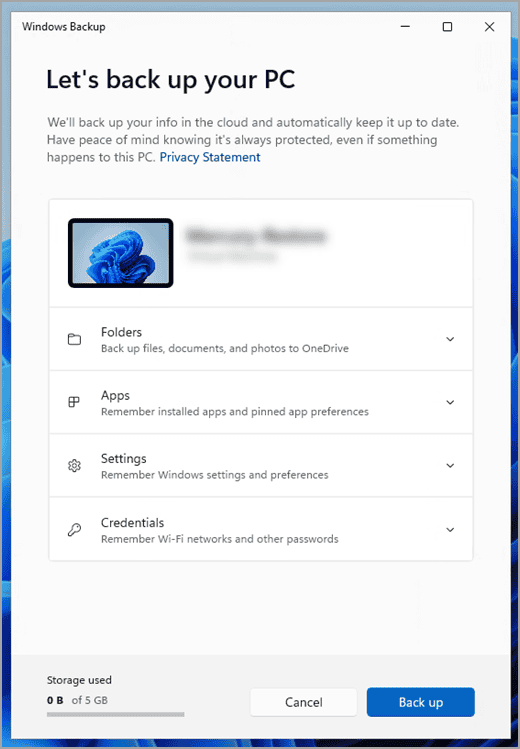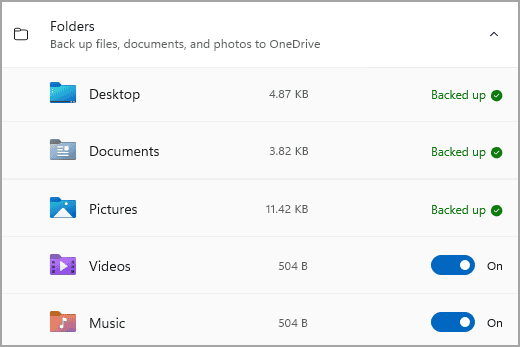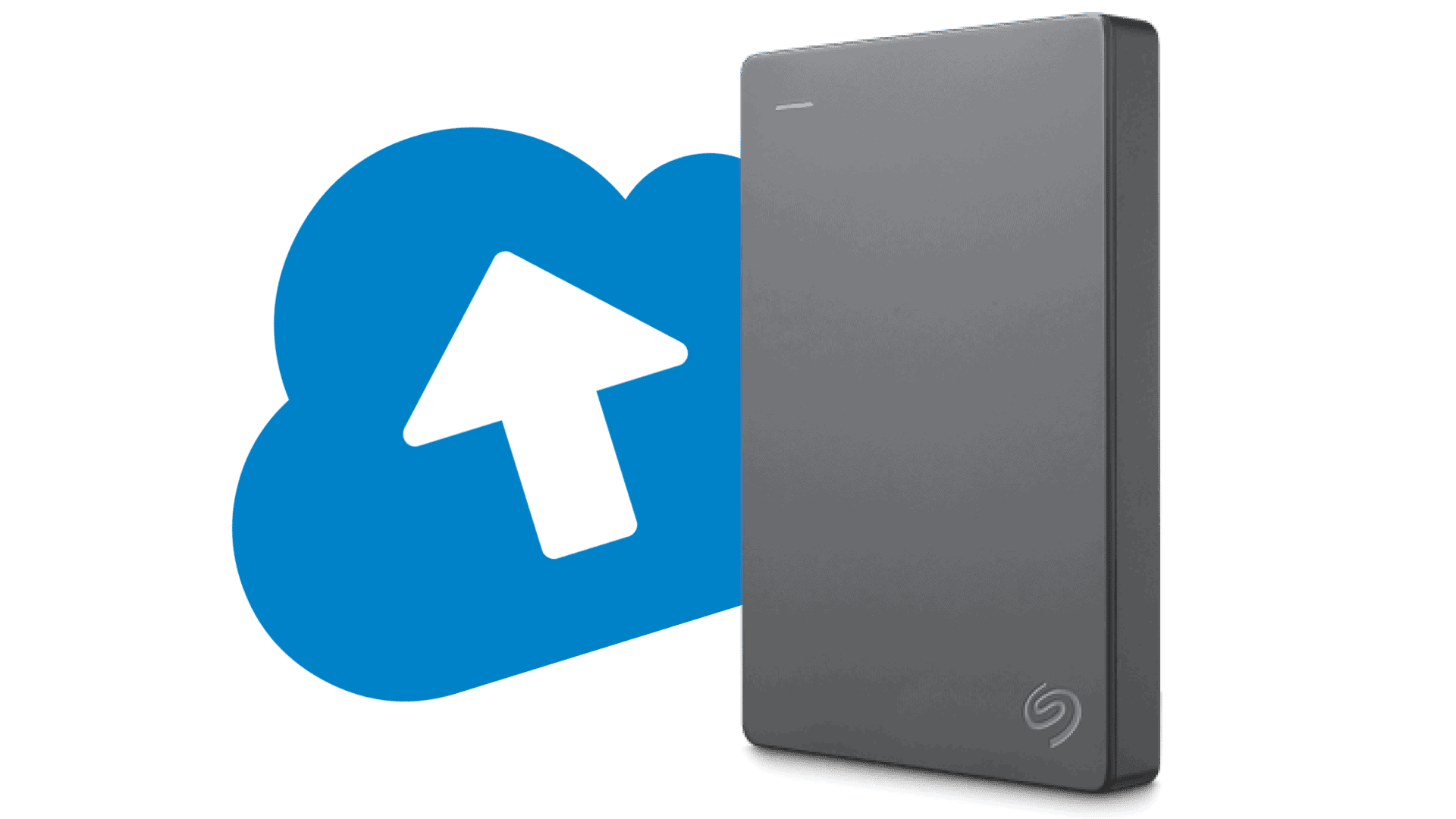Resetting your computer to its factory settings is a decisive final step when it comes to troubleshooting a lot of serious issues. It can improve performance or prepare your device for a new owner if you’re trying to sell (or give away) your system. However, this process erases all the personal data stored on your machine, so you will want to make a backup before initiating the reset. By backing up your data, you can save your personal data and prevent any issues from coming up. Creating a backup ensures that you can restore your data swiftly and easily after the computer has been reset.
Backing up your computer can be accomplished in several ways, from using built-in Windows features to employing third-party software. The approach may vary depending on your operating system, but the principle remains constant: copy your files to a secure location. This location can be an external hard drive, a cloud storage service, or even a set of DVDs, depending on the size of the backup and personal preference. By taking the time to safeguard your files before a factory reset, you can rest easy knowing that your personal information remains intact and accessible.

Safeguard Your Data: Backing Up Before a Reset
Performing a factory reset can be a solution for computer woes, but wipes your system clean. Protecting your precious data is crucial, so let’s explore how to back it up. Here are a few methods:
External Hard Drives
- Plug and Play: Connect an external hard drive with enough storage space to your computer.
- Drag and Drop: Manually select the files and folders you want to save and move them to the external drive.
- Back up Software Many external drives come with backup software for more automated, regular backups.
Cloud Storage
- Online Storage: Services like Google Drive, OneDrive, Dropbox, or iCloud offer cloud storage.
- Auto-Sync Features: These services often let you select folders to auto-sync, ensuring your data uploads even if you forget.
- Accessibility: The main benefit is accessing your files from anywhere with an internet connection.
Backing Up Your Windows 11 System
1. Using File History
- Connect an external drive or network location for storing your backups.
- Search for “File History” in the Start menu and open it.
- Click “Select drive” and choose your desired backup location.
- Turn on “Automatically back up my files.”
- Customize backup frequency and retention periods in “Advanced settings” if desired.
2. Using Backup and Restore (Windows 7)
- Search for “Control Panel” in the Start menu and open it.
- Go to “System and Security” > “Backup and Restore (Windows 7)”.
- Click “Set up backup” and follow the prompts to choose your backup location and the files you want to include.
3. Creating a System Image (Full Backup)
- Search for “Control Panel” in the Start menu and open it.
- Go to “System and Security” > “Backup and Restore (Windows 7)”.
- Click “Create a system image” in the left pane and follow the instructions.

Restoring Your Windows 11 System
1. Restoring Files from File History
- Connect the drive containing your File History backups.
- Search for “Restore your files with File History” in the Start menu and open it.
- Browse through your backed-up files and select the ones you want to restore.
- Click the “Restore” button to restore the selected files to their original location or a new one.
2. Restoring from a System Image
- Boot your computer from a Windows 11 installation media or recovery drive.
- On the “Install Windows” screen, click “Repair your computer.”
- Choose “Troubleshoot” > “Advanced options” > “System Image Recovery.”
- Follow the prompts to select the system image you want to restore and the drive you want to restore it to.
3. Resetting Your PC (Reinstalling Windows 11)
- Go to “Settings” > “System” > “Recovery.”
- Under “Recovery options,” click “Reset this PC.”
- Choose whether to keep your personal files or remove everything.
- Follow the on-screen instructions to complete the reset process.
Important Notes:
- Regularly back up your important data to ensure its safety.
- Consider using multiple backup methods for added protection.
- Store your backups in a secure location, preferably offsite or in the cloud.
- Test your backups periodically to ensure they can be restored successfully.
Windows 10 Backup and Restore
- Built-in Tool: Go to Settings > Update & Security > Backup.
- Add a Drive: Connect an external drive or choose a network location.
- Backup Settings: Windows allows you to schedule backups and choose the files and folders you want to protect.
Table: Comparison of Backup Methods
| Method | Pros | Cons |
|---|---|---|
| External Hard Drive | Fast, straightforward, large storage capacity | Physical device can be lost or damaged |
| Cloud Storage | Accessible anywhere, often has free options | Relies on internet speed, security concerns |
| Windows Backup | Built-in, easy to set up | Less flexible control, slower for large backups |
Tips for Effective Backup
- Important Files First: Prioritize documents, financial records, and irreplaceable photos and videos.
- Applications Later: Programs can be reinstalled, but personal data is often irreplaceable.
- Regular Backups: Set a schedule for backups, either manual or automatic, for peace of mind.
- Test Your Backups: Periodically check your backups to ensure data is accessible.
Taking the time to back up your computer is an investment in protecting data. Choose a method that suits your storage needs and comfort level.
Key Takeaways
- Backing up data is essential before performing a factory reset.
- There are multiple methods to securely save your files.
- Proper preparation makes data restoration straightforward post-reset.
Preparing for Backup
Before resetting your computer to factory settings, it’s important to save your personal data. This preparation ensures you won’t lose valuable documents, music, pictures, or videos.
Assessing What to Back Up
First, identify the data you need to save. Your personal files like documents, music, videos, and pictures are important. Review your folders and decide which ones are worth saving. On Windows, they are usually found in the ‘Documents’, ‘Music’, ‘Pictures’, and ‘Videos’ folders within your User folder. You can access it by typing %userprofile% in the Run dialog (Windows key + R). Don’t forget to check your desktop for any files you want to keep.
Choosing Your Backup Method
Next, choose how to back up your data. Options include using an external hard drive, cloud storage, or backup software. Here’s a quick rundown of each:
- External hard drive: Connect the drive to your computer and copy the files over. This is a simple and commonly used backup method.
- Cloud storage: Services like OneDrive or Google Drive let you store files online. They are a good choice if you have a stable internet connection and want to access your files from different devices.
- Backup software: There are programs designed to help with data backup. They can create a full disk backup that includes your Windows settings. Some software might require you to purchase them, but they offer advanced features like partition and sync options.
For a Windows computer, there are built-in tools to help with this process. Windows 10 has a function called ‘Backup and Restore (Windows 7)’, found in the Settings under “Update & Security” that can be used to create a system image or backup files. This tool can create copies of your data on an external drive or a network location (NAS).
When choosing a backup method, consider how much data you need to store. An external hard drive should have enough space for all your files. If you pick cloud storage, check your available cloud space to make sure it fits your needs. If you go for backup software, choose one that suits your level of tech knowledge and backup needs.
Executing the Backup Process
Before resetting your computer, it’s crucial to back up your files to avoid losing important data. This process ensures that all your personal files, applications, and system settings are safe.
Creating a Backup Schedule
Set a backup schedule so your computer regularly saves a copy of your files. To do this, go to the Control Panel, find ‘System and Security’ and click on ‘Backup and Restore (Windows 7).’ Choose ‘Set up backup’ and follow the prompts. Pick a schedule that works best for you.
Performing the Backup
For a one-time backup, plug in an external drive or connect to a network drive. Use the Windows Backup app or file history feature to select the files, folders, and system settings you want to save. If you use Windows 8 or later, press the Windows key + S and type ‘File History’ into the search box. Go through the backup wizard, and once you confirm your settings, click ‘Back up now.’
Verifying the Integrity of the Backup
After the backup is complete, take the time to check if your files are intact. Look through the backup copy for your crucial files like pictures, documents, and emails. If you used backup software, test the restore function by recovering a small file to ensure it works correctly.
Frequently Asked Questions
Before you hit the reset button, make sure your data is safe. Here, we answer your top concerns about backing up your computer.
What steps should I take to back up my entire computer before a factory reset?
First, gather your personal files from the User folder. Use the %userprofile% command in the Run dialog to access it. Copy these files to an external drive or cloud storage. Additionally, consider using Windows Backup or third-party software to create a complete system image.
Which files and settings are crucial to back up before performing a factory reset on Windows 10?
Key items include documents, photos, videos, and music. Also, back up app data and settings by using the built-in Backup feature in Windows 10 settings. This ensures you keep your preferences and important data intact after the reset.
How can I ensure my personal data is backed up before a factory reset on a Dell computer?
Dell offers its own backup solutions, like Dell Backup and Recovery. You can use it to back up files or the entire system. Be sure to connect an external drive with enough space to hold all your data.
Can I backup my entire computer to an external drive before a factory reset, and if so, how?
Yes, you can. Connect an external hard drive with enough space to your computer. Use either Windows Backup or a third-party solution to create a system image. This will save a replica of your entire system.
What are the best practices for backing up personal files and applications before a factory reset on Windows 11?
Make sure to copy all personal files to a separate storage location. Use OneDrive for cloud backups. For applications, record your product keys and have installation files ready. Windows 11 also offers various restore and recovery options to assist with backing up.
How to preserve my data during a factory reset without losing any important files?
Regularly back up your data to multiple locations. Use cloud services along with physical drives. Check backup completeness before initiating a factory reset. This dual approach reduces the risk of data loss during a reset.







